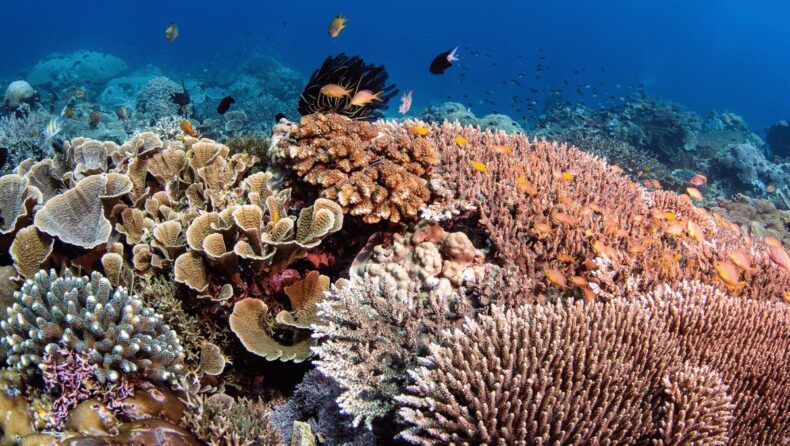Thailand’s coral reefs are on the verge of extinction because of the Yellow band disease. The disease is destroying the seafloor flourishing with coral reefs and turning those yellow.
What Is Yellow-Band Disease?
A rapidly spread disease is killing the stretches of the seafloor and im-balancing the underwater ecosystem. Scientists fear that climate change could worsen the situation. This yellow band disease turned the corals yellow while destroying those. Large patches or scars of bleached yellow tissue are developed on the skin of the reefs on Caribbean corals. However, according to scientists, there is no cure yet.

History Of Yellow Band Disease On The Seafloor
Yellow Band disease was first detected in eastern Thailand last year. According to scientists, the Vibrio Core group of bacteria caused this disease. Near the well-known tourist city of Pattaya, approximately six hundred acres of the sea floor were infected with the yellow band disease.
According to Lalita Putchim, they had never seen anything like this. Everywhere they went on the seafloor, they discovered the same situation. According to the scientists of Thailand’s Department of Marine and Coastal Resources, the impact of overfishing, slumping water quality, irregular coastal development, land-based pollution, and the temperature shift in water may induce this budding disease. The temperature change evolves the chemistry of the ocean, which cause the most damage to the coral reefs.
Unlike the Coral Bleaching problem, scientists are feared that this yellow band disease can not be reversed. The corals just died after infecting with it. The colonies of corals which are already under the stress of pollution and biological stress. e.g. bacteria, fungi and viruses are getting infected severely.

Thailand’s Caribbean Coral Reefs Are At Risk
Approximately fifty-five percent of Thailand’s coral reefs occur in the Andaman Sea, with twenty percent of the significant section in the Western Gulf of Thailand of Chumporn. The purple colour carnation coral of Richelieu Rock is famous in Thailand. The reefs support four thousand species of fish, seven hundred species of coral, and thousands of plants and animals in the ocean. It develops a vital ecosystem for underwater life. The reefs are like the forest.
Today, Coral reefs are also popular as the basis of food sources and the discovery of new medicines. The loss of reefs will impact a massive amount of death in the sea and land, said Lalita, the scient from Thailand’s Department of Marine and Coastal Resources.

A Research Team To Investigate The Yellow Band Disease
Thailand scientists are investigating te outbreak of the disease and ways to stop and cure the yellow band to cure the seafloor. But currently, there is no remedy yet. According to experts, there is still time to save the seafloor. But the situation demanded a swift address to the current crisis. Lalita and her team started a research trip near Samaesan Island, Chonburi District, in Thailand.
The research team has collected samples of infected corals and captured those in a photo frame to take further measures. The use of social media to track reports of infected reels is going on. The team also requested the local authority and local voluntary group to report any change or sighting of infected corals. Business Owners of Thanappon Chaivanichakul were also helping to collect photographs of the corals infected with yellow band disease.













